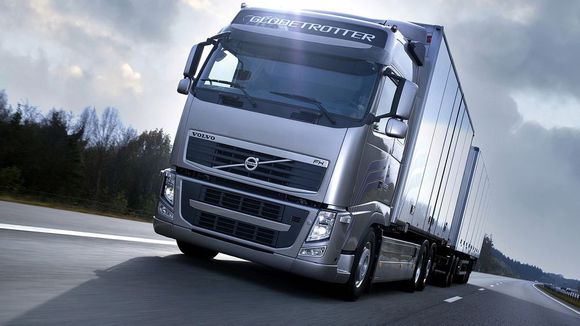New regulations on overloading and overloading of highway trucks are officially implemented. Will the textile industry be affected by it?

The “Regulations on Highway Management of Over-limit Transport Vehicles” will be implemented on September 21, 2016. Compared with the original standards, the new standards have significantly reduced the over-limit aspects. As a result, the total weight of six-axle trucks has been reduced from 55 tons to 49 tons. This means that the unit price of road truck transportation will increase. With the official implementation of new standards and regulations, some freight markets across the country have begun to increase prices. As for the fabric industry, the fabric industry attaches special importance to transportation. Starting from September 21st, the tonnage of semi-trailers will be reduced. The total weight shall not exceed 49 tons. Theoretically, the freight must be increased. The original total weight (55T)-wagon (15T) = Actual load (40T), taking the current freight rate of 200 yuan/ton as an example, the freight is 8,000 yuan/car. Now the total freight amount remains unchanged, the actual load is: total weight (49T) – wagon (15T) = actual load (34T) , the unit freight price is 8,000 yuan ÷ 34T = 235 yuan. The freight cost for long-distance transportation after September 21 will be about 35 yuan per ton higher than now. It can be clearly seen from the words that if we want to keep the original transportation volume unchanged and balance supply and demand, the freight will need to be about 33% higher, which is just the weight of one truck. From this we can see that at present, Form, not just for the cloth industry, but for all industries that depend on road freight, is more or less affected by everything. Since it is in the initial implementation stage and is subject to strict supervision, major transportation companies have maintained a wait-and-see attitude. Most trucks have been suspended and most industries are in the dilemma of “difficulty in using vehicles”. Logistics is disrupted. Market analysis: The fourth quarter should have been a small peak for the fabric industry, but the cotton market peak season in September is not enough, and most companies will think about October. The number of fabric industry exhibitions increased in September and October, and major regions held unprecedented fabric exhibitions, which increased exchanges between enterprises. According to the arrival of the peak period, the trend of the cotton textile industry is bound to be higher than that in July and August. Butwill the formulation of new highway freight regulations have an impact on the cotton yarn market? The specific increase in cotton yarn and whether shipment volume will increase as expected remains to be seen.
–National, Northwest A large supplier of functional fabrics and a professional fabric protection expert for more than ten years. Our company’s anti-static fabrics are made of new conductive fibers and cotton fibers through advanced spinning equipment and weaving processes, as well as printing and dyeing. They are divided into three categories: pure cotton, polyester-cotton, and chemical fibers. The fabric has good durability and anti-static function, and is also dust-proof, washable, and dry-cleaning resistant. Fabric fabrics usually adopt twill or plain weave, which combines fashion and functionality while having the special effects of softness, comfort and good breathability. This fabric complies with the national standard GB 12014 “Antistatic Workwear” and is an ideal fabric for functional antistatic workwear. It is suitable for labor protection and decorative cloth in places with electrostatic hazards such as petroleum, chemical industry, electronics, coal mines, etc.
AAAERT5Y4375JTY
Disclaimer:
Disclaimer: Some of the texts, pictures, audios, and videos of some articles published on this site are from the Internet and do not represent the views of this site. The copyrights belong to the original authors. If you find that the information reproduced on this website infringes upon your rights, please contact us and we will change or delete it as soon as possible.
AA




